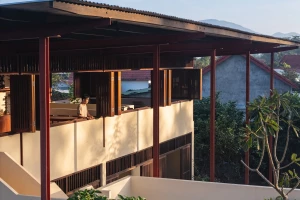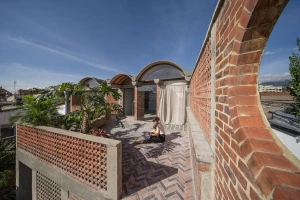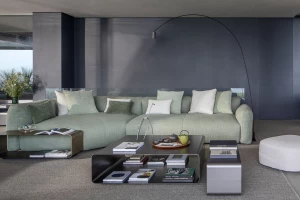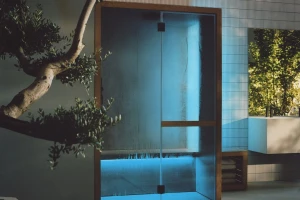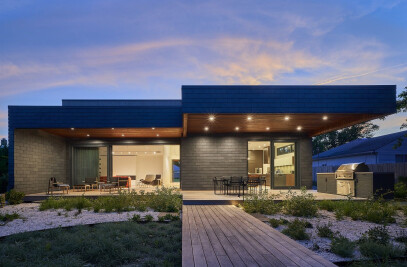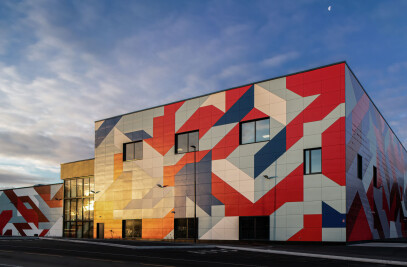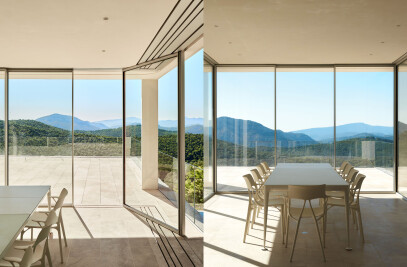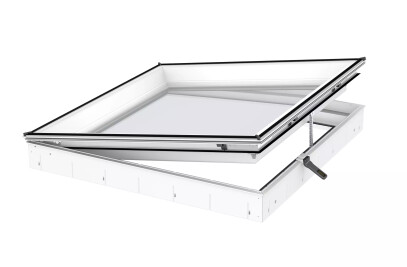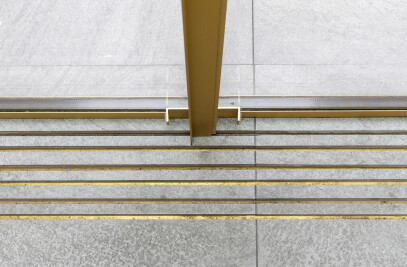On the site of the former FSO car factory in Warsaw, a 60-hectare, multi-functional 'Green District of The Future' is to be built. The masterplan for the scheme, undertaken by WXCA and SAWAWA in close collaboration with Warsaw City Council, aims to accommodate 17,000 residents by the year 2050, with an additional 13,000 finding employment within this post-industrial concept. The first stage of implementing the FSO Park development is planned for 2026.
Guided by principles of sustainable development, WXCA architect and SAWAWA urban planners developed the masterplan as a residential district for the future that responds to challenges resulting from the complex climate change process.
The district's central axis, or the main green avenue, is a linear park stretching the length of the site. A total of 1km in length and covering a 10-hectare area, this axis includes a variety of green spaces: open public and semi-public spaces that smoothly transition into the green courtyard interiors of the residential blocks. Public functions are also planned alongside the main green avenue, intensifying at intersections with transverse axes, inviting users to the more small-scale, semi-private, and private residential blocks. In addition to the numerous common areas, a school complex with a sports and leisure campus is planned for the central part of the district.
The layout was planned so that residents could meet their basic, everyday needs within a 15-minute walking distance. Vehicle traffic is minimal, running along an outer ring road and through a part of the city with a well-developed public transport network. Pedestrians and cyclists are given priority across an area of over 60 hectares. This strategy is not only a solution aimed at tackling climate change and reducing CO2 emissions but is also wise management of natural resources. A 100% groundwater retention system, power generation system, and energy sharing system between buildings have also been planned in collaboration with engineers from Buro Happold.

The existing site is an unquestionable symbol of the Polish automotive industry in the 20th century. As such, the conservation of this heritage was also a central concern of the designers. "The overriding challenge that we set ourselves was to design a space facilitating the forging of a community and social ties within it. At WXCA, following after Professor Jan Gehl, we believe that a city starts between buildings," Marta Sękulska-Wrońska, CEO at the WXCA design studio, explained at the official conference presenting the project.
Within the revitalization portion of the site, parts of the former factory facilities will be adapted to contemporary public functions and given new life. These include fragments of the former casting shop, assembly shop, and welding shop passageway, which will form the walls of the district's main square in the future. Modern architecture alongside this will express the identity of the place by engaging in dialogue with the industrial buildings of the FSO car factory with referential forms such as the characteristic sawtooth roofs.
"This project poses a unique challenge as it puts before us the question of what should cities look like and how should they function in the coming decades. After all, what is modern today, may be outdated in 10 years' time, which is why timeless values are at the very heart of the project, focused on the needs of individuals and the identity of the place," Małgorzata Dembowska, WXCA architect, concludes.

















